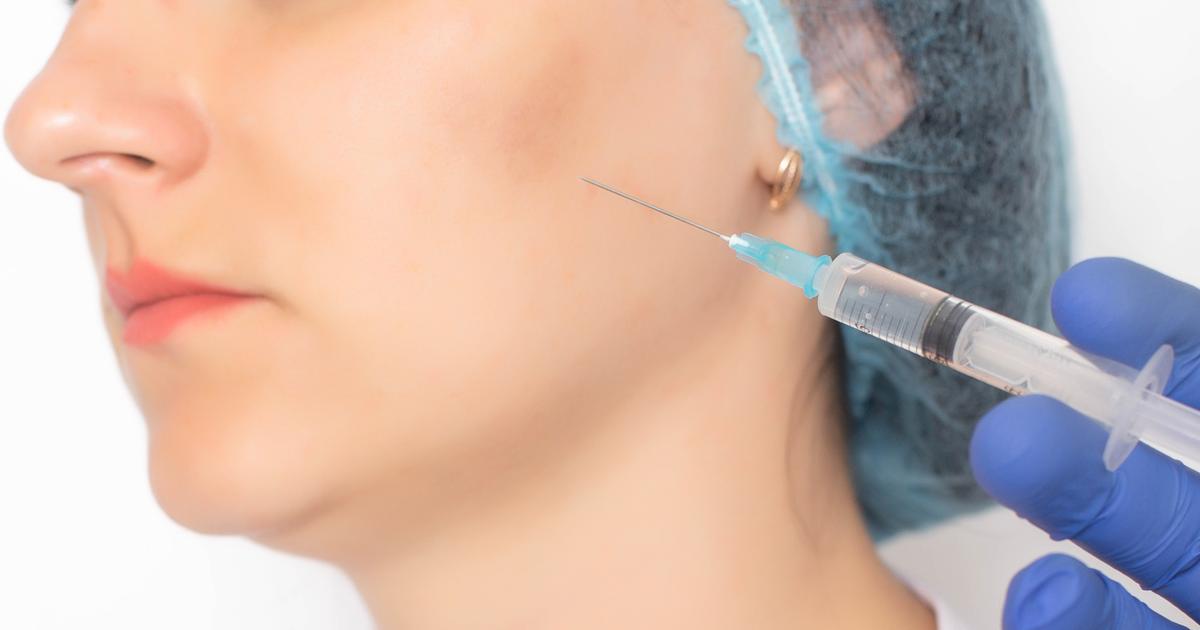Guide To Treating Broken Blood Vessels On The Face
Cool Compresses
Cool compresses won't necessarily make the broken blood vessels go away, though they can act as a temporary reducer. Heat makes blood vessels expand and enlarge, which leads to redness in the face. By contrast, cold makes blood vessels contract and become tighter. This can reduce the enlargement of facial blood vessels and make burst blood vessels look less red. Patients will probably need to keep periodically applying cold compresses throughout the day if they want the effect to be long-lasting. But if individuals are just trying to minimize the appearance before a quick photo or event, cold compresses are a good bet. They can run a washcloth under cold water, or, if they want to use something even colder, wrap some ice or frozen vegetables in the washcloth and press it to their face. Individuals shouldn't put ice directly onto their skin, as it can cause potential damage. Individuals should hold the compress on their face for a few minutes and see if the redness has shrunk.
Continue reading to learn more about how to treat broken blood vessels on the face now.
Sclerotherapy

Sclerotherapy is a medical procedure that can eliminate both broken blood vessels on the face as well as varicose veins. When an individual undergoes sclerotherapy, a solution is injected directly into their vein. This solution irritates the lining of the burst or bulging blood vessel. From there, the irritation makes the blood vessel collapse into itself and for the lining to stick together. The blood inside clots, and the vessel is no longer used to pump blood through the body. As time goes on, the blood vessel morphs into scar tissue, and this tissue fades out of sight. Sclerotherapy is one of the oldest modern medical procedures still practiced today, with successful cases ranging back to the 1930s. Before undergoing a sclerotherapy procedure, patients will need to consult a vascular medicine specialist or dermatologist to determine if they are a good candidate. Pregnant women are not eligible, and some individuals who have had prior blood clots might not be eligible, though it varies on a case-by-case basis.
Read more about treating broken blood vessels now.
